












































































Dear readers,
It gives us great pleasure to welcome you back to our very first digital edition of HQ Pony Mag. We hope you are going to enjoy reading it as much as we enjoyed putting it together. We have so many exciting treats in store for you over the next few months – this really is just the beginning!
Dive into this edition and enjoy! Here’s to lots of excitement over the coming months!
With much pony love, Lizzie and the HQ Team xxx
We’d love to hear from you and receive your photos, drawings or pony-related thoughts. To get in touch send an email to lizzie@hqmagazine.co.za and we’ll get back to you!
On the cover: Dolarch Hercules



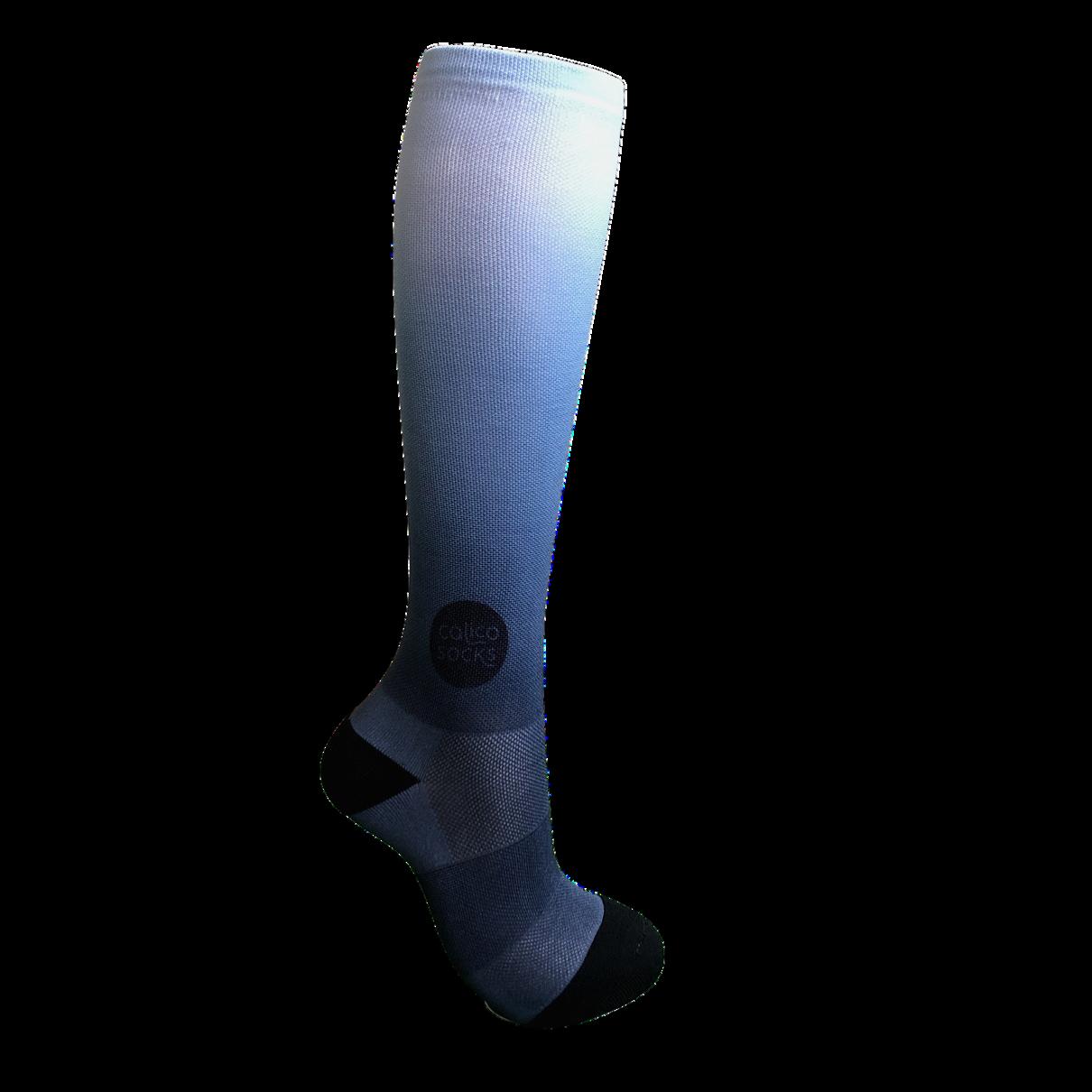


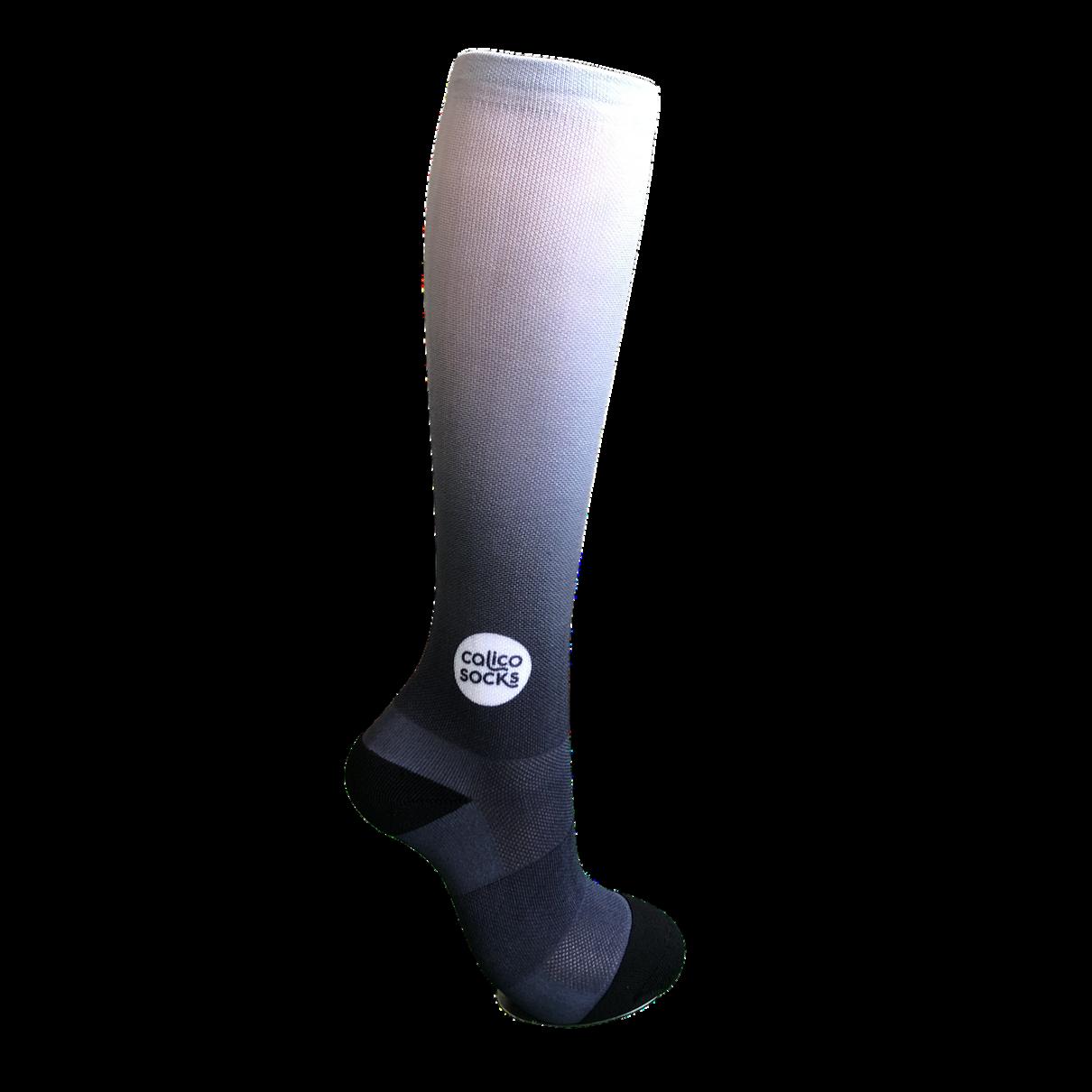

Like any athlete, horses have to warm up to get their muscles, tendons and ligaments ready to work. They also need to get their brain in the game for the work session.
We need to move our ponies from their grass-eating mode into work mode, and the warm-up is the time to do it.
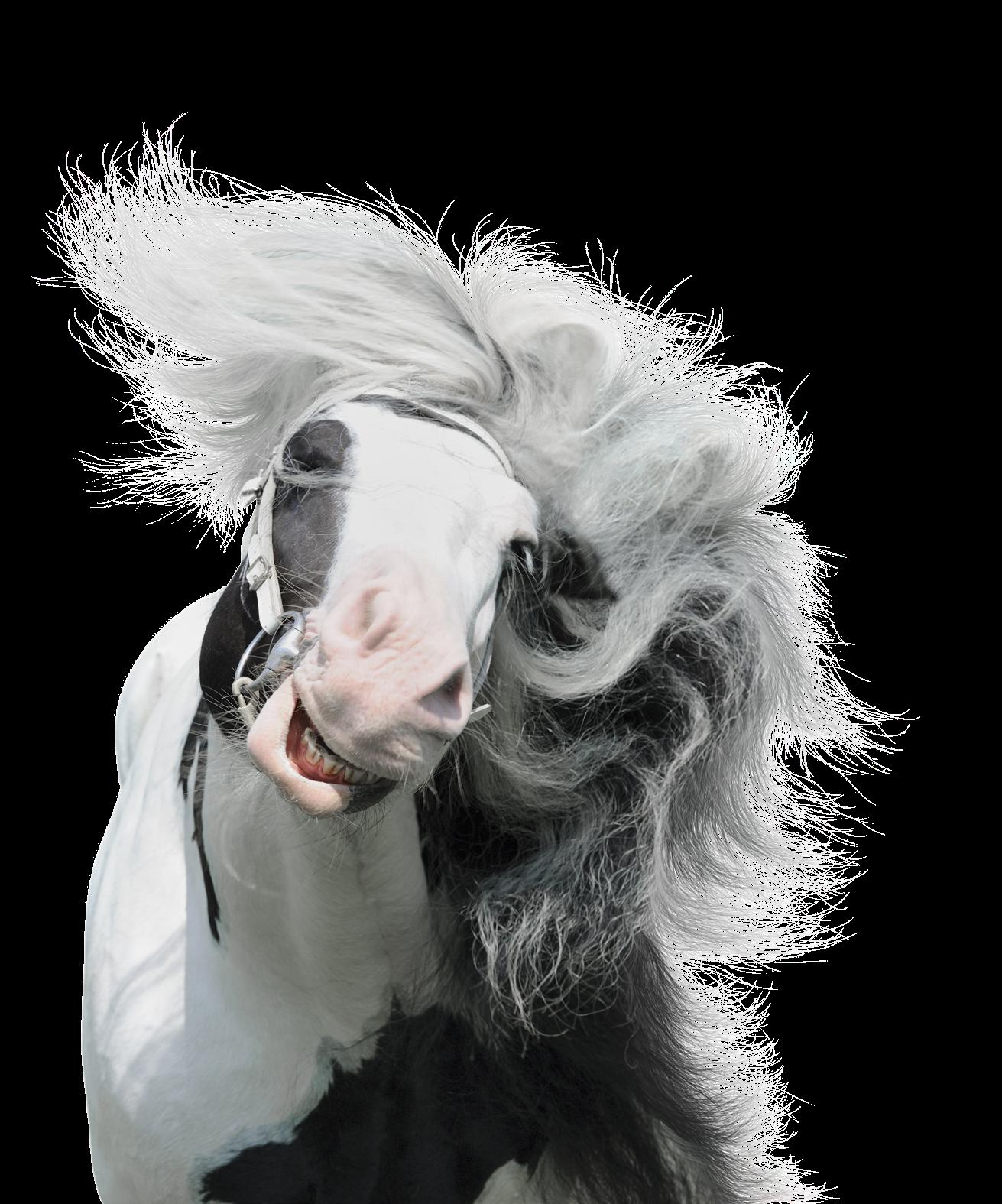
It’s all about doing exercises that help us warm up the muscles and get our pony thinking and listening to our aids.
When the brain and body are warmed up, we have a pony who is ready to work and loose enough to have a low risk of injury.
Here we make a few suggestions for the warm-up and what you can do to really get your pony firing on all cylinders!
It is generally advised that we warm up our horses and ponies for about 10-15 minutes in the walk. In colder weather, 15-20 minutes is best. We know walk can feel ‘slow’ and maybe a bit ‘boring’ but remember that if you can’t do something in the walk, you definitely won’t be able to do it in the trot or canter. So work on your walk, and you’ll soon see the benefits!

• Warm-up your pony on a long rein in the walk for at least 5-10 minutes. If it is safe to do so, it is ideal to do this outside of the arena.
• Then, once you arrive in the arena, move around the outside track.

• Start to vary the walk pace (i.e. do transitions within the gait), so go from a slow walk to a quicker walk, to the slowest walk you can do without halting, to the biggest walk you can do without trotting etc.
• When you are ready and your pony is feeling responsive, move into doing large circles and serpentines in the walk.
• After a few minutes, start to make the circles and serpentines smaller.
This exercise develops coordination, suppleness of the lumbar and sacroiliac area and a clear walk rhythm. It also teaches your pony to pick up all four feet!
To do this exercise, set up the poles in the arena on a straight line. Place them approximately 0.5m apart for ponies and around 0.75m apart for horses.
You can make this exercise more difficult by lifting the poles slightly off the ground or incorporating a transition before and after entering the poles. For example, you could trot into the poles, walk over the poles, and trot away from the poles, or halt before the poles, walk over the poles, and then halt after the poles.
This gets your pony sharp on the aids and develops an elastic, swinging trot.
To do this exercise, ride at a good working trot on the long sides of the oval, and then ride a slower trot through the top and bottom of the oval. As you come out of the top and bottom of the oval, encourage your pony to step with more energy (not faster) all the way down the long side.
These warm-up exercises are designed to get your horse working correctly.
This exercise develops looseness and swing in the pony’s body and helps to ease any stiffness. It also teaches your pony to be responsive to the aids.
To do this exercise:
1. Walk around the arena on the track.
2. After 10 strides of walk, ride a transition into a slow trot for 4 or 5 strides and then ride a downward transition to walk.
3. Be patient – you may have to repeat this a lot to get it right.

4. If you do this for 10-12 minutes, you should start to feel your pony’s back loosen and his whole body become more supple. The transitions will also become easier and smoother.
If ridden correctly, this exercise develops swing over the back, an engaged hind leg and a quick mind.
Once your pony is going forwards in a rhythmical and controlled way around the arena, you can start to do transitions on a 20m circle. It depends on what works best for your pony, but try a few options and you will soon see. Try, for instance, walk-trot-walk, or trot-canter-trot. The objective is to teach your pony to listen to your aids and to be ready to stop or go at any given movement.

You need to find a warm-up routine that works for you and your pony. The challenge is that as your pony gets stronger and fitter, your warm-up will need to change to suit him and his new level of fitness.


A sign that you have warmed up successfully is a supple, relaxed, focused pony who is willing to stretch down and forward with good hindleg action. If you can get your pony warmed up to this level, you are well on your way to a successful training session!







Dog-legs are two fences set at the ends of a curve and can often be found on showjumping courses. Each fence is meant to be approached on a straight line BUT, with a reasonably tight space between them, it’s sometimes tempting to jump both on an angle instead (NOTE - this is risky!)
Find out how to build and ride dog-legs to help you achieve an awesome clear round in the ring.

Start by placing a single pole slightly off the outside track between K and E. Next, lay another pole over the centre line on the short diagonal between E and M.

You’ll need to turn quite quickly after the second fence, so make sure you sit up as soon as you land, ready to make the turn.
Think about the dog-leg as two straight lines. In this exercise, they’re down the long side and across the short diagonal. It’s a great idea to walk the dog-leg to find the point at which you’ll need to turn towards the second fence. From there, you can work out how many canter strides your pony will make before the turn and how many it’ll take to get to the second jump.
Riding a dog-leg takes a little practice, but there’s no reason you won’t be able to do it. Here’s how to get started:
1. In trot, turn down the long side just off the outside track and ride over the first pole.
2. Continue straight, but look towards your second obstacle to prepare for the turn.
3. When you reach the turning point you planned earlier, use your inside rein and outside leg to turn onto the short diagonal.
4. Look up and over the second obstacle, then continue on the straight line over the pole.
When you’re ready, try it in canter. Keep the two lines as straight as possible and focus on maintaining a forward yet steady rhythm throughout. Remember that the turn needs to be really accurate as well, so use plenty of outside leg to stop your pony from falling out through his shoulder.
Eventually, you can raise the poles into fences. Always ride to the centre of each pole, as this means you’ll have plenty of time to make the turn and are more likely to stay on the correct line.

Keep the fences small to begin with so that you can focus on riding the dog-leg correctly.
Once you’re confident about riding through this version of the dog-leg, there are a few ways you can make it tougher. Here’s how:
• Try riding it in the other direction. The approach from the M marker will be shorter, so prepare your pace and keep your leg on.
• Bring the jumps closer together. Stick to at least four canter strides between the fences (two on each straight line).
• Make the angle more acute. Move the first fence closer to the centre line to create a tighter and trickier angle.
The most common problem you’ll have is not getting your turn quite right. This can happen if you leave it too late, make it too early or lose your pony’s shoulder and approach the second fence out of balance.
While you’re getting the hang of dog-legs, an easy solution is to use guide poles after the first fence to keep you straight until the turn and then on the short diagonal to guide you to the second fence. You could even set up wide V-poles on the second fence to help you aim for the centre of the pole – but make sure you practice these without the dog-leg element to make sure your pony feels confident.
Remember, you can always add a circle between the two fences to give you time to settle your pony’s pace and find the perfect line.
Don’t forget to stay totally straight on the approach to the first fence. This will set you up to make a balanced turn to the second fence!

Officially, a bald face is a white marking covering nearly the entire front of the horse’s face. The white often covers at least one eye and stretches down the whole front of the face from the forehead to the muzzle, often spilling over down the sides. It’s not uncommon to see bald-faced horses with blue eyes.



However, as beautiful as these bald-faced horses and ponies are, some health risks go along with the marking. Firstly, if the white hairs extend into the ear, there is a chance that the hearing of the horse is affected, and secondly, the large amounts of pink skin under the white hair are also more prone to sunburn, so owners of these horses and ponies need to apply suncream before the horse or pony goes out.

What is there not to love about foals? They really must be the cutest baby animals on the planet (or at least we think so!)
Here are 8 fast facts about these bundles of cuteness and snuggles…

Foals have what must be the softest, cutest noses in the whole world…We know there’s no better feeling than kisses from your own pony, but –seriously – do yourself a favour and give a foal a nose stroke… It’s the BEST feeling in the world.
Foals are born without teeth, but they develop their first four incisors quickly, and in just a few weeks, they will have a complete set of 24 baby teeth.

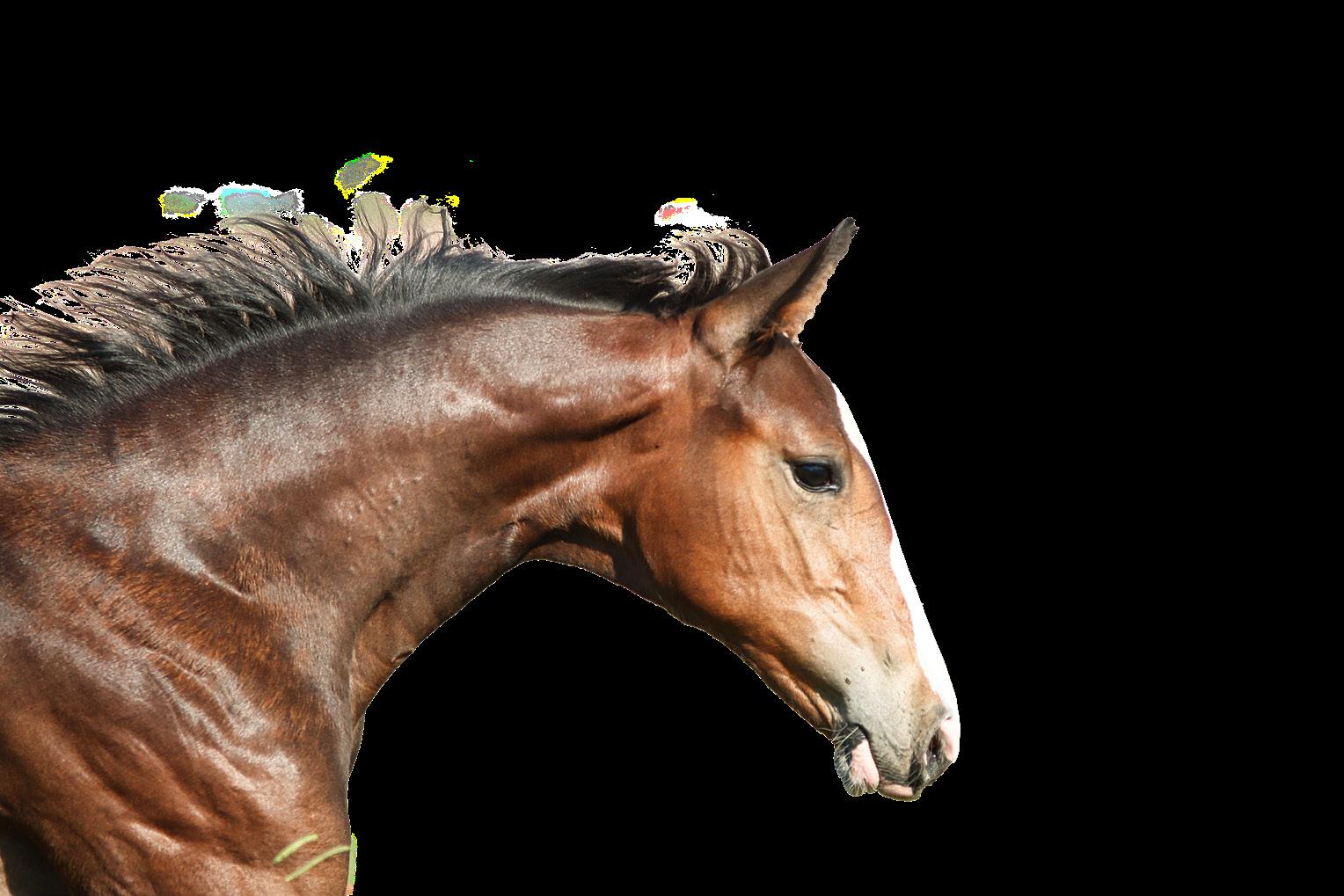


Foals are up and running around within just a couple of hours of their birth. Human babies take around a year to start walking, so foals really are VERY quick to catch on.

Foals have their own specific ‘baby talk’ when communicating with other horses. If you watch them interact, you may see them make a funny chewing action with their jaw (called foal snapping). This tells the other horse, ‘I’m a baby. I come in peace!’

Foals’ coat colours change as they grow up. A foal who has a mum who is a grey will often be born dark bay and gradually become lighter with age, until they are really a fully-fledged grey unicorn!
Foals’ legs are 80-90% fully grown at birth. Long legs mean they can keep up with the herd, which is important for keeping them safe in the wild. Eventually, their body will catch up with their legs as they grow.

Foals have such an adorable whinny! You need to hear it, and then you’ll never forget it!
Foals’ hooves are adorably tiny, and they are even born with something called ‘foal slippers’.

We will be kicking off our breed series looking at breeds of horses and ponies around the world with a look at some of the more ‘primitive’ species of horses and ponies. Our first breed for the series is the fascinating Przewalski’s horse.


Przewalski is pronounced shuh-VAL-skee!
Przewalski is a Polish surname. It was the surname of the man who is said to have identified the horse.

Przewalksi’s horses come in various shades but are considered dun in colour. They have a lighter underbelly and a white nose. Interestingly they have no forelock and a mane that stands up like the mane of a zebra. They are one stocky little animal with large heads and huge, thick necks. They can survive temperatures well below freezing because of their thick, shaggy coats.
The zebra is a cousin of Przewalksi's horse.
Przewalksi's horse is believed to have roamed the grasslands and deserts of the Central Asian steppes for more than 160,000 years. The famous Mongol warrior Genghis Khan was said to have spotted these horses on his conquests. Mongolians call these horses takhi, which means spirit, or worthy of worship. This wild horse is extremely important to the Mongolian people. Other names for this horse include the Mongolian Wild Horse and P horse.

The first known cave paintings of Przewalksi’s horses have been found in Spain and France and are approximately 20 000 years old!
Przewalksi's horse is the only surviving truly wild species of horse in the world, and has only been able to survive due to huge conservation efforts over the last 50 years. Other types of horse that are thought to be ‘wild’ are actually descendants of domesticated horses that were allowed to roam free and continued to make families. Examples include the American Mustang (think of the animated movie Spirit, ‘Spirit, Stallion of the Cimarron’) and Australian Brumbie. The Przewalski’s horse is actually considered a different species entirely to the domesticated horse. Although there are some of these cute, stocky horses in zoos around the world, they have never been tamed. They are considered to be too wild!


In 1969 the Przewalski’s horse was declared extinct in the wild, which means that a few horses still existed, but none were free to roam in their natural habitats. Mongolian children had to hear about this incredible wild horse from their parents and grandparents. At one stage, only 12 horses remained in the wild. Thankfully there are now over 1900 of these amazing creatures in existence today and over 300 have been reintroduced to their native Mongolian habitat. When these new horses landed on the Mongolian plains, it was said that local Mongolians rode hundreds of miles to witness this historic event. This shows just how special the Wild Mongolian horse is to the people of Mongolia.


The San Diego Zoo has actually cloned a Przewalski’s horse from a horse that was alive in the 1960s. His name is Kurt, and he is the first cloned Przewalski’s horse in the world! It is hoped that Kurt will help save the species as his genes will introduce more variety into the current gene pool. As an added bonus, Kurt is incredibly cute!


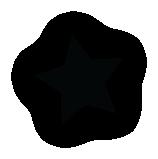


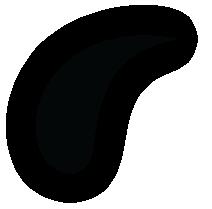




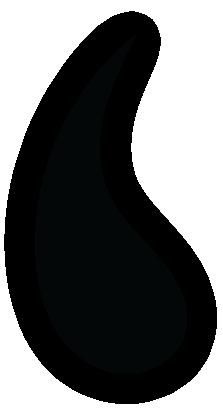


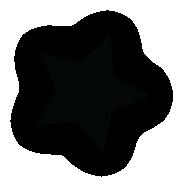
Photography: Hilary O’Leary
“Silver was my first pony and I’ve had him for about 7 years now. He means a lot to me because he taught me horsemanship and how you have to have a bond with your horse.”
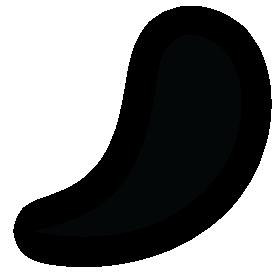

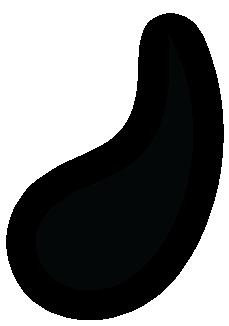
“He’s a really special boy to me. My best moment with Silver would be when he jumped me around my first 1m class at a small show in Harare when I was 10 years old. He ended up winning the class in a really speedy jump-off. He gives so much confidence to his rider. He really is amazing.”


Telling the age of your pony by his teeth is not too difficult when he’s young. However, it does get a little more difficult as he gets older because other factors start to play a role. For example, different grazing conditions cause different wear patterns on the teeth, and different mouth conformations cause different wear patterns over time.

Horses have 12 incisors right at the front of their mouths – they are called incisors because they are used for cutting the grass when your pony is grazing. The middle two teeth are the central incisors, the next two are the lateral incisors, and the last two are the corner incisors. Horses also have 12 premolars and 12 molars between their lower and upper jaws.

Horses, especially stallions and geldings (although some mares do get them too), can also grow canine teeth called ‘tushes’ just after the incisors. They can also have wolf teeth, which are tiny teeth that erupt in front of the premolars.
Foals get their milk or deciduous teeth soon after birth, and the final milk teeth are through by the time the foal is about nine months old. Milk teeth are paler in colour and shorter and slightly rounder in shape than permanent teeth.
At birth, two central incisors. At 4-6 weeks, the two lateral incisors. At 6-9 months, the corner incisors. At one year, all six incisors and four cheek teeth, the three premolars and the first permanent molar. At two years, the molars are the best way of judging age as five cheek teeth are present, three temporary premolars and two permanent molars.

The first permanent teeth begin to come through when the pony is between 2 and 3 years old. By around five years of age, all the permanent teeth are through. The new adult teeth have quite concave chewing surfaces, often called ‘cups’. As horses eat and graze, they wear their teeth so that the chewing surface is no longer cup-shaped but flatter. After the age of eight, the horse develops a ‘dental star’ on the chewing surface of the tooth.
The shape of the teeth also varies as the horse ages. At seven, the teeth have an oval shape; from 9 to 13, they are triangular; and after 13, they become more rounded.
Apart from the cups getting shallower, the dental star appearing, and the shape of the teeth changing as your pony gets older, the angle of the front teeth also gets sharper. When this occurs, the front teeth appear to almost point forwards.

At 2.5 years of age, the central baby incisors are lost, and the first permanent incisors appear.
At three years, the central incisors start to wear, and the first and second permanent premolars push the baby premolars out. Wolf teeth often appear at this time.
At 3.5 years of age, the lateral incisors come through; when these teeth are well out and their surface is level, the horse is five years old.
At six years, the corner incisors start to show wear. The central incisors begin to show a dark line which is the first appearance of the dental star.
At seven years, the corner incisors also show a slight hook on the outside due to uneven wear. This hook disappears by 8.5 to 9 years old.
From eight years onwards, the dental star appears; first on the lateral incisors at 9, and then from 10-12, it is seen on all incisors.

At about ten years of age, the pony develops a darker grooved line on the corner incisors. It starts at the gum line and grows progressively downwards. By 15 years, the groove is about halfway down the tooth and by the time the pony is in his mid-20s, the groove begins to disappear from the gum line. By 30, the line will be gone entirely.

There are four main ways to estimate the age of ponies by the appearance of their teeth:


The disappearance of the cups on the surface of the teeth and the appearance of the dental star.
The angle of the front teeth (the sharper the angle, the older the pony)
The shape of the teeth
Good dental care for your pony throughout his life helps him maintain healthy teeth for longer, which also helps him hold his condition better.

My pony finds it really hard to stay straight on the approach to How can I improve this?
Staying straight when jumping is so important, especially when you start jumping higher.
However, it doesn’t really matter what height you are jumping; you need a straight approach to give your pony the best chance of
1. Start by building a small fence at X and laying a tunnel of poles on approach and getaway. These poles will help guide your pony in a straight line before and after the jump.
2. To begin with, approach in trot and don’t come all the way down the centre line to get to the fence. Turn towards the fence sooner, so your pony has less time to wobble.

3. Remember to keep your leg on to support your pony. You want to use equal leg on both sides so that you can help to keep him straight.
4. As he starts to stay straighter, you can approach from further away to test and improve how long he’ll remain straight for.
5. When you are ready, try in canter.
6. Once he’ll stay straight all the way to the jump in canter, remove the poles on the ground, so he doesn’t have them guiding him.

Once you have completed all of these six steps, you and your pony will be used to approaching jumps on a good straight line, and this will set you up for success in the arena!

Q: What are sarcoids?

A: Sarcoids are a form of skin cancer that can affect ponies of all types and ages. These tumours vary in size, shape, and appearance, so they are not always easy to spot.

Although they’re a form of cancer, they don’t spread to other organs in the body. However, they can grow and multiply at the site they are found at or pop up on other parts of a pony’s body.
Sarcoids are commonly found between the front or back legs of the pony or even under the belly. They can be grey and scaly or can look like a round lump within the skin. Sarcoids often grow and can bleed or ulcerate if they get really big.
Sarcoids can be treated with surgery, laser removal, strong creams or even radiotherapy. Your vet will advise you on the best option for your pony.
If you notice a lump or bump on your pony, you should always get your vet to check what it might be, as sarcoids are easier to treat when you catch them early.
Q: I’m nervous about hacking and haven’t been in ages. I’m going again next week. How can I make myself less anxious?
A: Hacking should always be fun for you and your pony, so it’s important that you both feel confident before you head out.
Don’t force yourself to do things you don’t feel comfortable doing, so if next week is too soon, then cancel now! You can go when you and your horse feel up to it.
When you do decide to go out for a hack, here are a few things you can do to make sure it is as fun as possible for you both:
• Keep it short. Don’t plan for hours of hacking if you are already feeling a bit nervous. Take a short hack, and then come home on a high!

• Take a friend. Having company with you will give you and your pony oodles of confidence. Just make sure that your friend is on another sensible pony so that you don’t get nervous because of their antics.
• Stick to places you know. Don’t choose a brand-new route for your first hack back. Instead, go on a route you are familiar with and that your pony has been on before.


• Time it right. Choose a time of day when your pony is used to working. Don’t try and take him away from his friends at dinner or paddock time – especially for this first time.
• Relax. We know it’s easier said than done, but don’t think of all the things that could go wrong. Instead, plan for the most fun ride you can imagine! A lot of riding success is in the mind, so keep your thoughts positive.
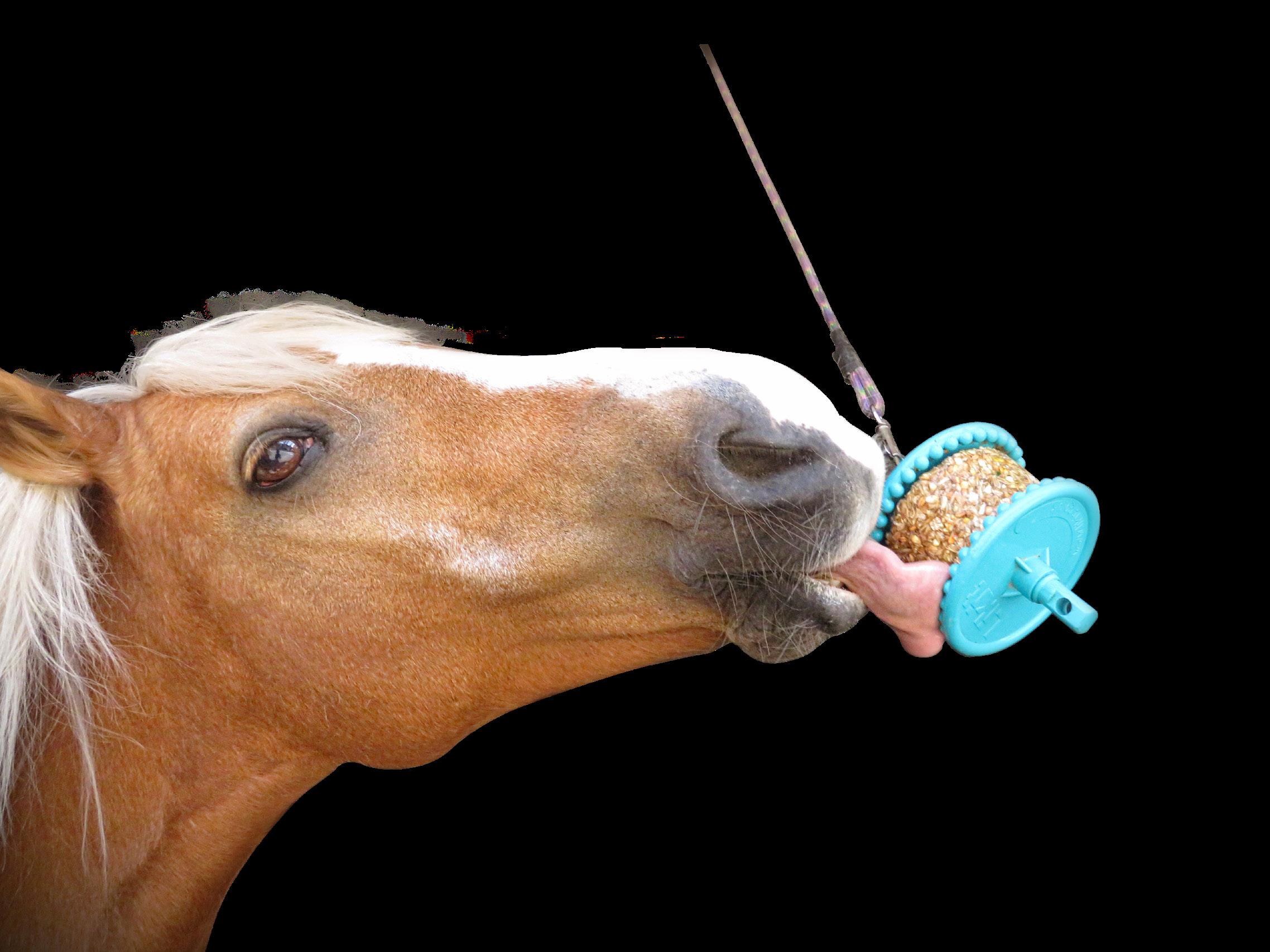
The recently launched Likit Granola is already a favourite in the Likit range! The long-lasting lick is jam-packed with the tasty grains that horses and ponies love so much, including maize, wheat, barley and oats.
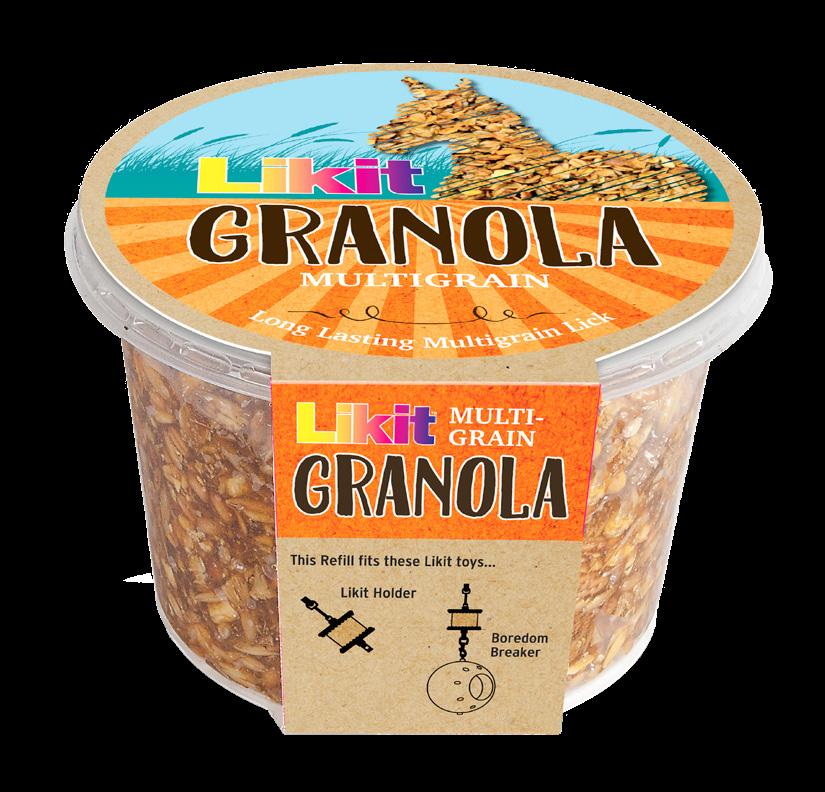
The Likit Granola can be used in the Likit Holder or Boredom Breaker toy as a fun treat for your horse or pony, or to help relieve equine boredom and stress in the stable. The Granola’s rock hard formulation allows it to last much longer than our regular Likits. Likit Granola can last for up to 10 days, although every horse is different. With a Likit Granola your horse or pony will be kept busy and enjoy a tasty grain mix!
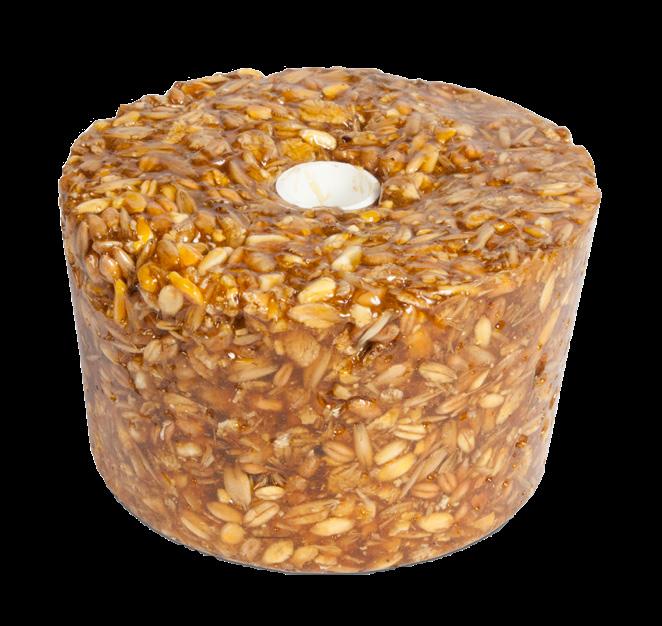


The packaging for Likit Granola makes it super easy to release the lick and is fully recyclable.
Available in-store at all Western Shoppe branches and online at www.westernshoppe.com for R198.25 incl. VAT.

Can you match these horses with the correct breed?

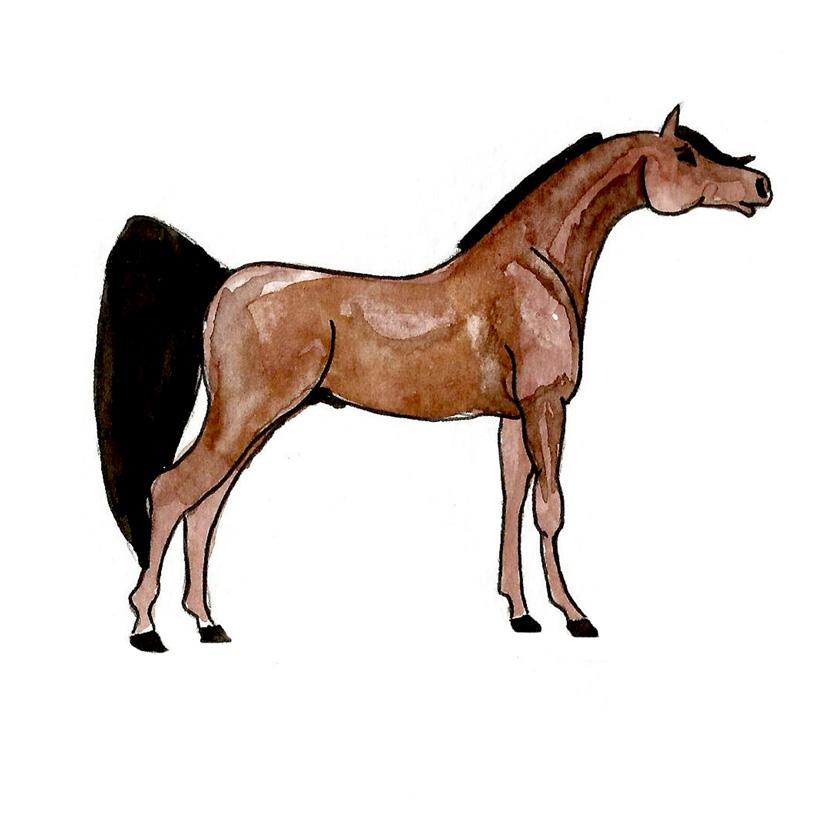

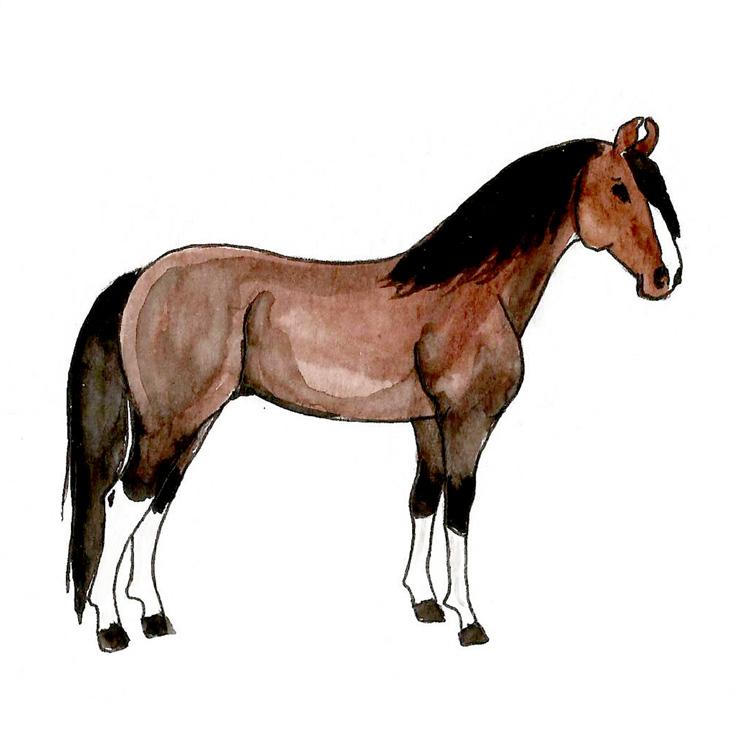
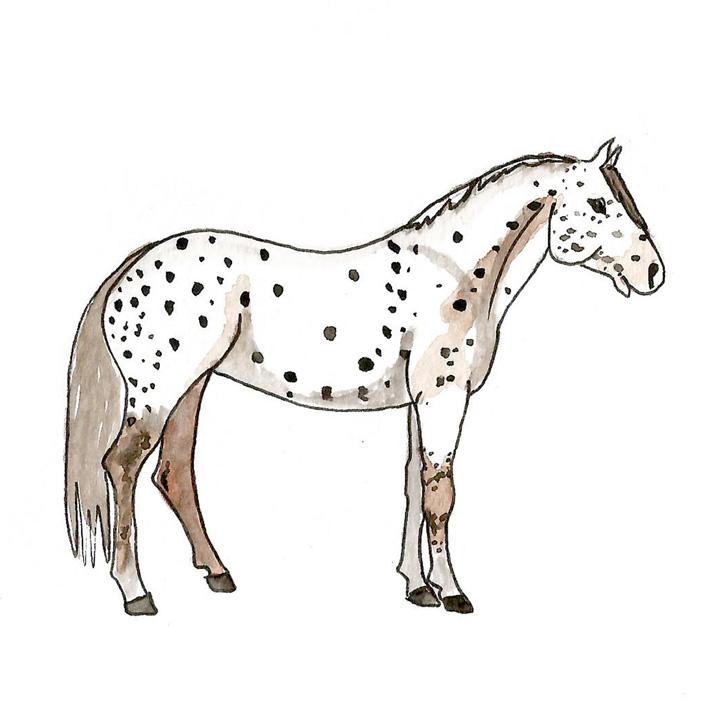


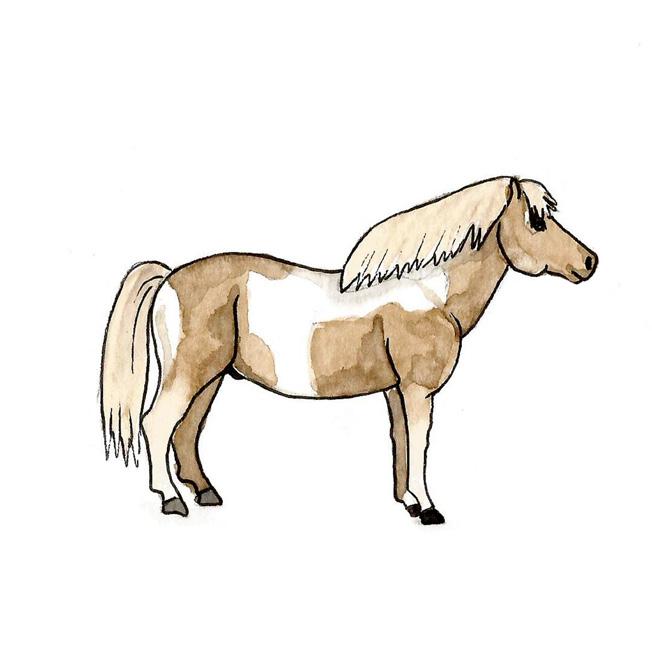
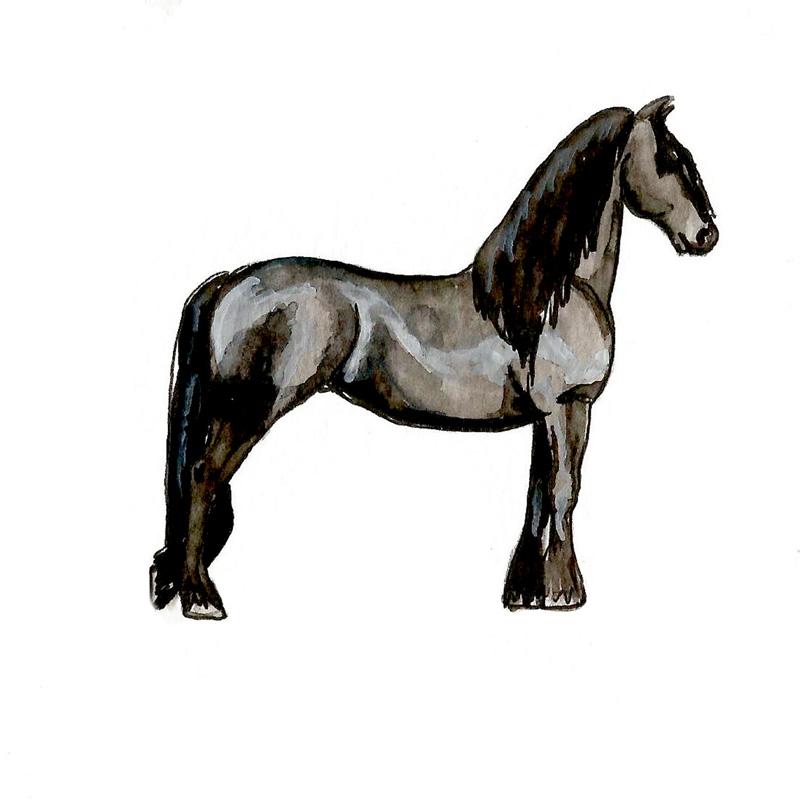
 1.
2.
3.
4.
5.
6.
7.
1.
2.
3.
4.
5.
6.
7.
A. SHETLAND PONY
B. AMERICAN PAINT HORSE
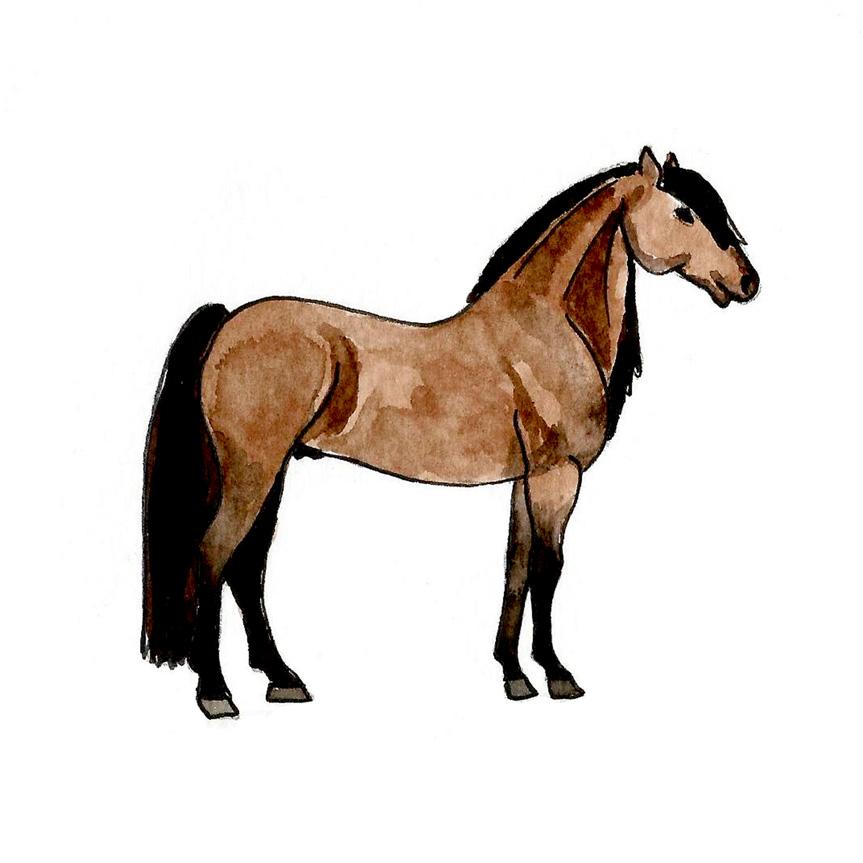
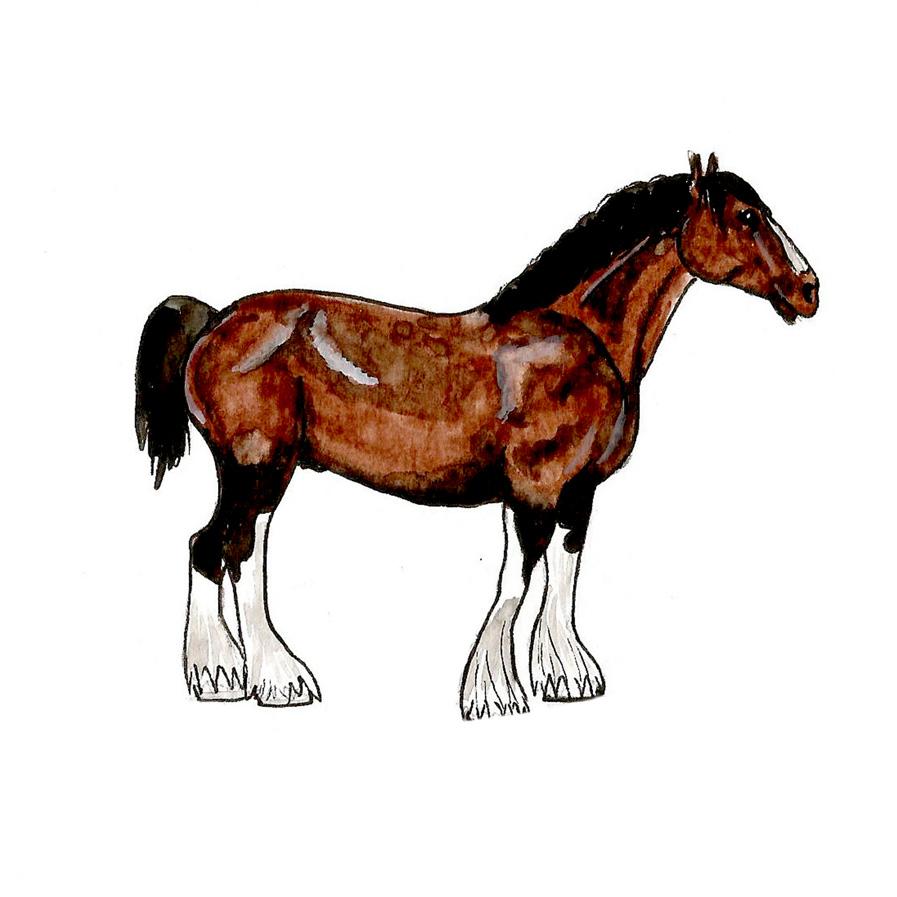
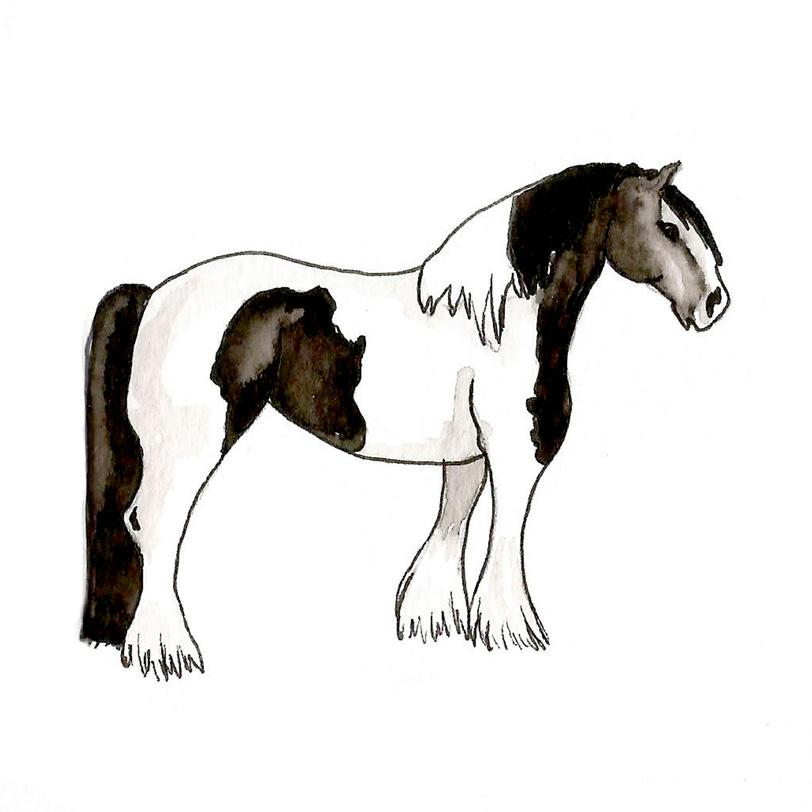

C. APPALOOSA

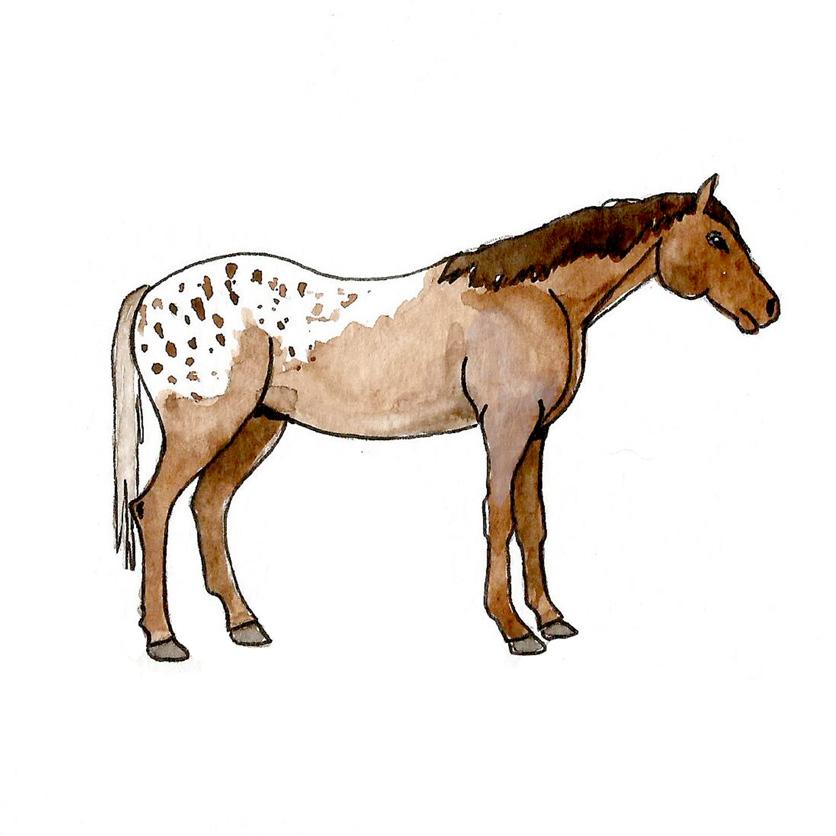

D. FJORD

E. FRIESIAN
F. ANDALUSION
G. KNABSTRUPPER
H. CLYDESDALE
I. GYPSY
J. AMERICAN SADDLEBRED
K. LUSITANO
L. MARWARI
M. MUSTANG
N. PERCHERON
O. THOROUGHBRED
P. ARABIAN
10. 11. 12. 13. 16. 14. 15.How well do you know your facial markings?

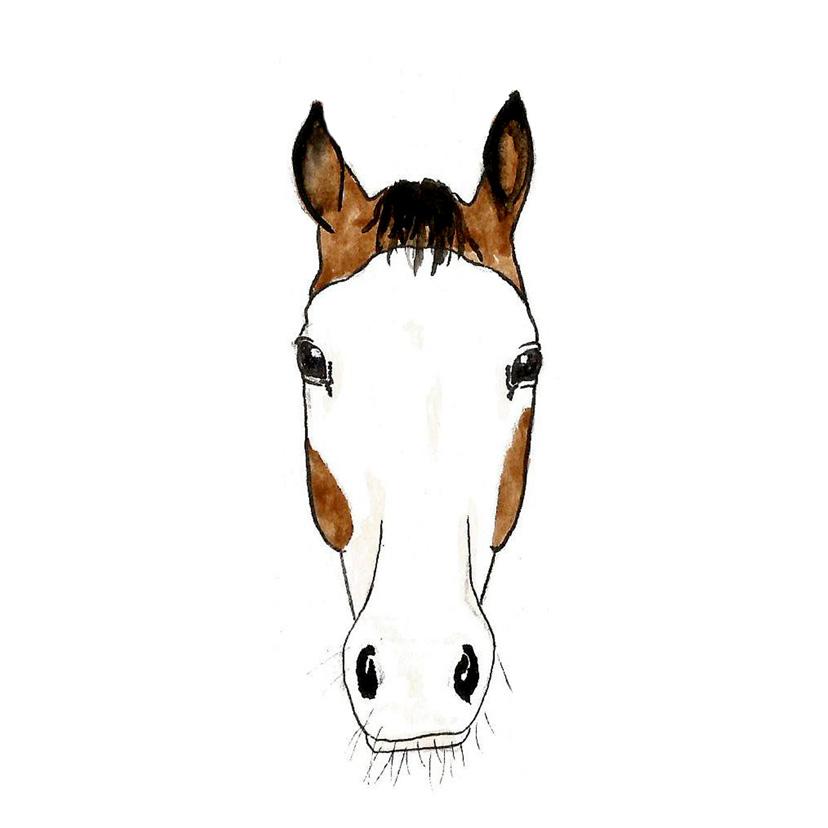
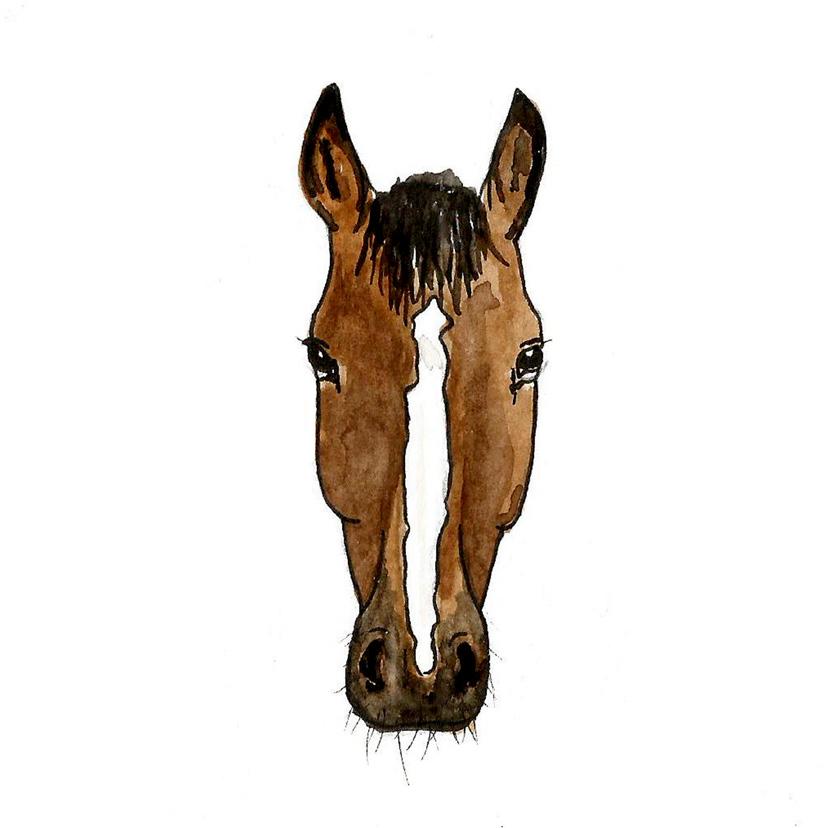


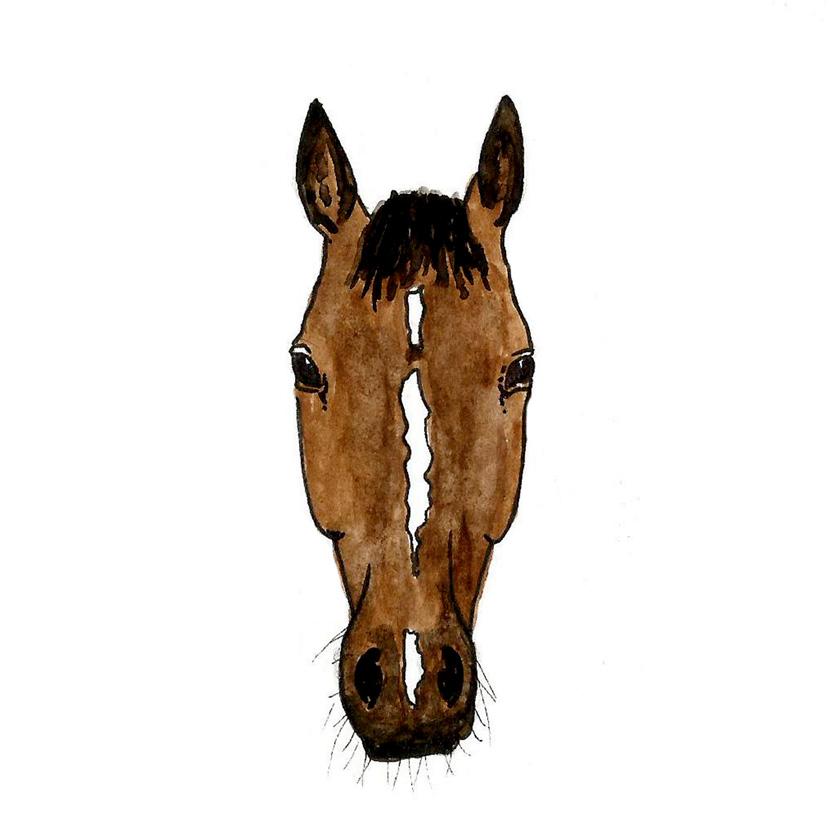
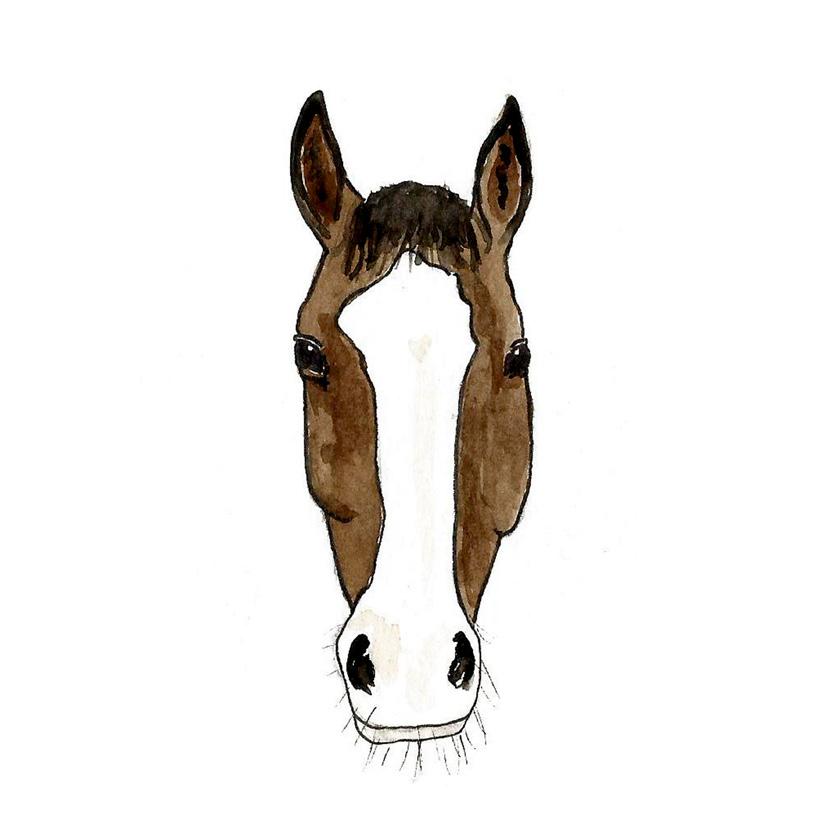
A. Interupted Stripe
E. Blaze | G. Stripe
B. Star

C. Snip
D. White Face
1. 2. 3. 4. 5.











